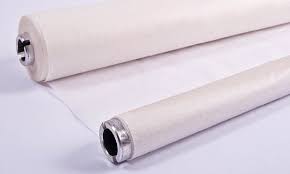Understanding the Role of Nonwoven Geotextile Fabric in Civil Engineering

In the world of civil engineering and construction, materials play a pivotal role in ensuring the longevity, stability, and effectiveness of various projects. Among these materials, nonwoven geotextile fabric stands out as a versatile and essential component. Despite its unassuming appearance, this fabric performs a multitude of crucial functions that significantly impact the success of infrastructure projects. Introduction: Unveiling the Significance of Nonwoven Geotextile Fabric Nonwoven geotextile fabric plays a vital role in civil engineering, offering a versatile solution for various construction and infrastructure projects. This specialized fabric, made from synthetic materials like polypropylene or polyester, is engineered to provide essential functions that contribute significantly to the durability, stability, and sustainability of civil engineering works. Nonwoven geotextile fabric is a synthetic textile material engineered to serve specific purposes in construction, civil e...





